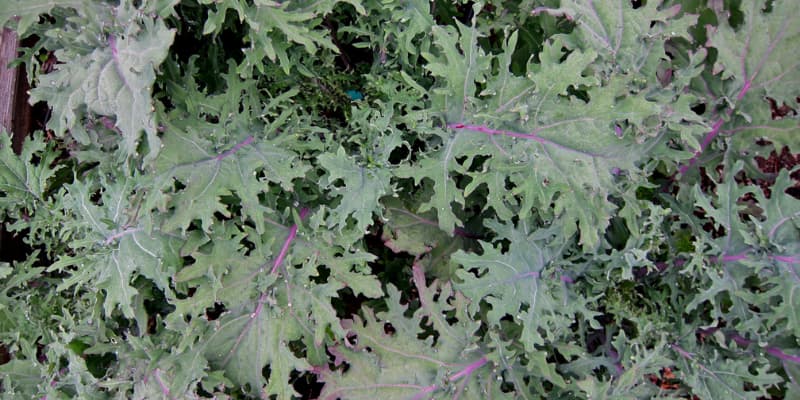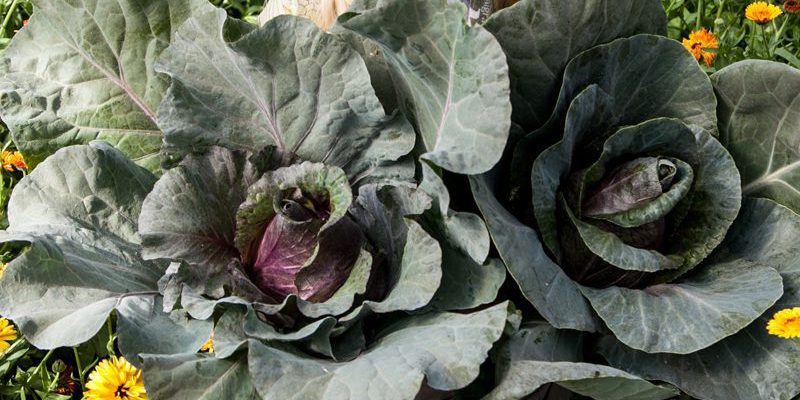Such tiny little insects!
Such tiny little mouths!
Not so tiny holes in all your brassicas.
When Flea Beetle populations are moderate, their damage is cosmetic. It’s easy for a moderate population to burst into a Flea Beetle sea that quickly decreases the health of your plants as well as your appetite for them.
Here is what you need to know about the Flea Beetle lifecycle and seven planting strategies to have your uneaten cake and eat it, too : )
Flea Beetle Identification
First, you should know there are many species of Flea Beetle, each one specializing in each one’s preferred food source, varying from from potato to corn, bean to brassica. The only one I’ve ever seen do any significant damage on any farm (and I’ve been on hundreds around the world) is Phyllotreta cruciferae, who dearly loves to devour anything in the Crucifer/Brassica family. This includes the spectrum of kale, broccoli, cauliflower, brussels sprouts, cabbage, arugula, asian spinach, mizuna, pac choi, turnip and radish. The rest of this piece specifically addresses this species of Flea Beetle.
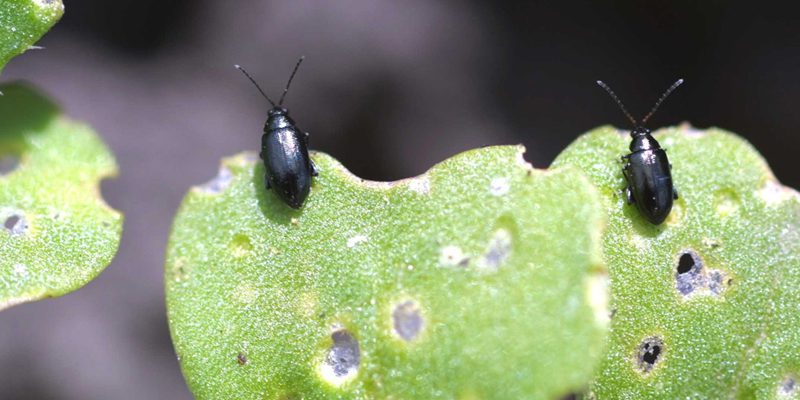
Adult Flea Beetles are very small, about 1/16th of an inch long, jet black and shiny. Their back legs are slightly larger than their front two pairs, allowing them to jump ludicrously far. If a Flea Beetle was the size of a human, it would jump from one goal of a soccer field to the other.
Flea Beetle Life Cycle
Overwintering as adults in the leaf litter of your garden or hedgerow, flea beetles become active in early spring. Females lay clusters of eggs in small holes in the soil surrounding the roots of their preferred food source (like your favorite broccoli).
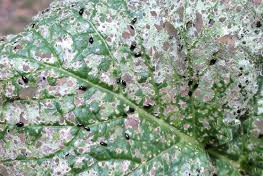
Each egg hatches into small white larvae which feed on the roots of your freshly planted seedlings, though rarely causing any notable harm to your plants.
Once they pupate in the ground, adults emerge to munch on your seedling cotyledons, larger foliage and succulent stems. This is likely when you’ll notice your fellow broccoli lovers in your garden! Expect two generations each year.
Flea Beetle Damage
As adult Flea Beetles feed, they munch small, round-ish holes in your leaves. Though small (generally less than 1/8th of an inch), they are can be so frequent as to create a polka-dot effect resulting in wilted/stunted plants.
Strategies to Prevent Flea Beetle Damage
1. Transplant rather than direct-sow your brassicas. Transplants generally withstand less damage than those direct sown, though damage can be severe for even transplants if Flea Beetle populations are high enough. Once your plants have 4 or 5 beautiful leaves, they’re established enough to tolerate feeding damage.
2. Floating row cover is amazing. Spun polyester that both light and water can permeate, row cover effectively excludes Flea Beetles from your crops. You can lay it right over your crop if it’s low enough (radish, baby mesclun mix, pac choy or arugula, for example) or use lightweight spring steel hoops to help it ‘float’ above your larger crop (broccoli, cabbage, full-size kale) so it protects them without inhibiting their growth. Be sure the row cover has few (if any!) holes in it and hold the fabric taut over your bed with rocks, sandbags or shovel-fulls of soil so it won’t disappear in the wind. We lift one edge, usually just a small section, to cultivate or harvest before covering the bed back up again. We’re by no means persnickety about ensuring every inch is iron-clad, but the more fastidious you are the less chance of Flea Beetles break-ins you’ll have.
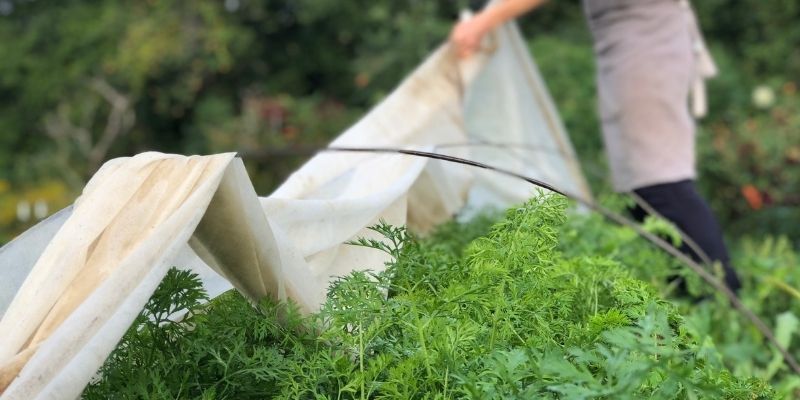
3. Flea Beetles are only a nuisance in spring. About mid-summer, Flea Beetles populations decline as the second generation of adults make their way into the hedgerows, waiting for next spring. We always cover our spring brassicas with row cover, but we don’t tuck row cover over our fall brassicas until we’re protecting them from frost, since there are rarely Flea Beetles to be seen.
4. Weeds can be brassicas, too. There are many weeds in the brassica family that your Flea Beetles will happily devour, so be sure to keep your garden well-weeded, let me count the ways! Depriving Flea Beetle larvae of food sources is the best organic approach to decrease their population.
5. Remove overwintering habitat. Flea Beetles will happily overwinter in old crop residues and piles of leaves. When you keep your garden clean, you’re forcing your Flea Beetles to mosy over into your hedgerows or farther, keeping them out of your garden later the following spring.
6. Plant your brassicas later. Which is so hard, since so many of them grow best in the cool, wet soils of early spring! If you must you must (and we do too!), know floating row cover fully excluding insects from your crop is your best bet to successful spring brassicas. Fall brassicas (sown after the first week in August) are infinitely easier to maintain since Flea Beetles have their long winters’ nap.
7. Thank goodness for ecology! Microctonus vittatae is a native braconid wasp found in the eastern United States. The adult female wasp lays her eggs in adult Flea Beetles (whaaaaat!) and the larvae will sterilize the female Flea Beetles as they develop (no way!) and then kill any adult Flea Beetle as the adult wasp emerges (AHHHHHHH!), so yes. Know we have a place in the ecosystem. All the more reason garden organically and offer native wasps habitat in your garden!

